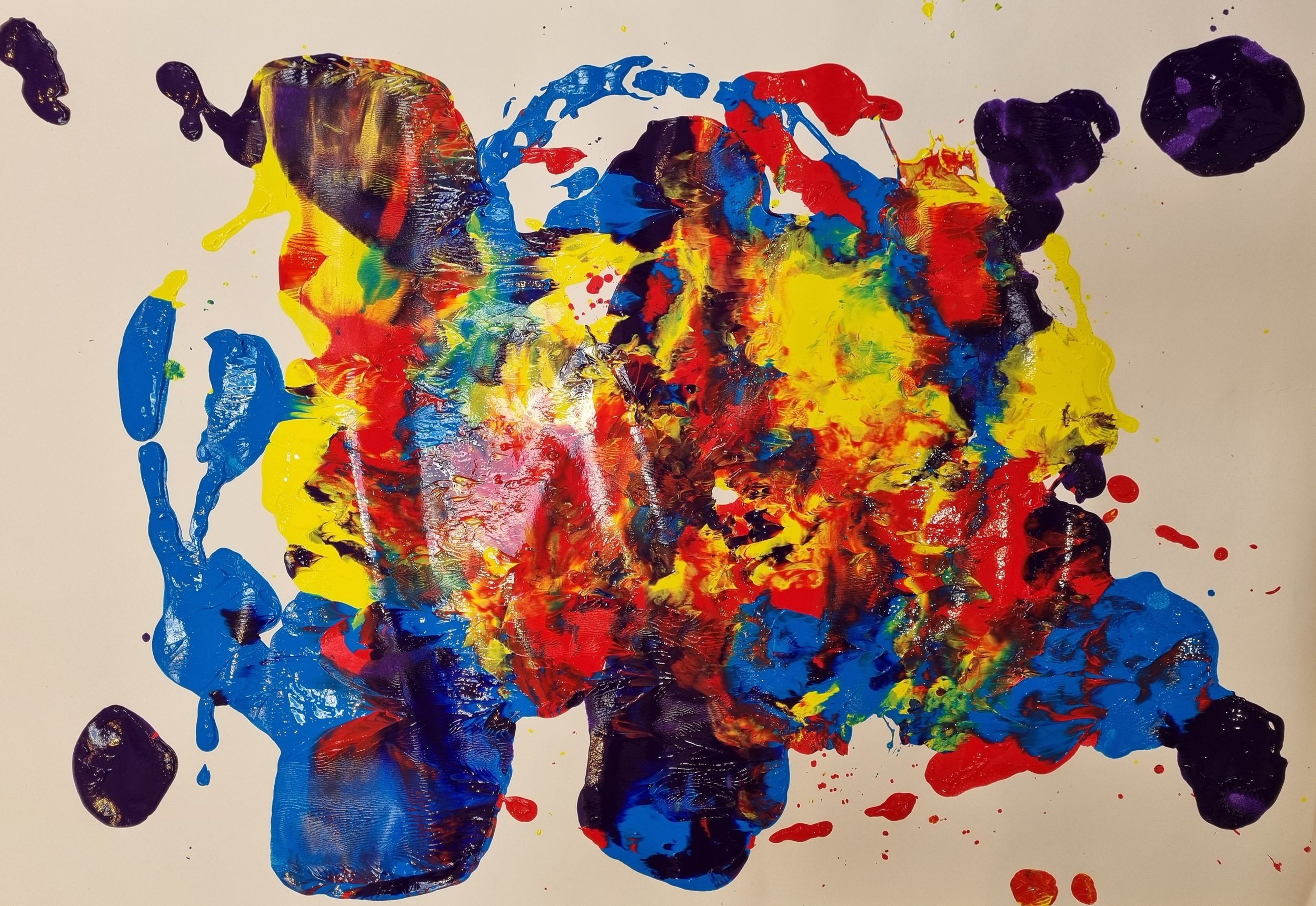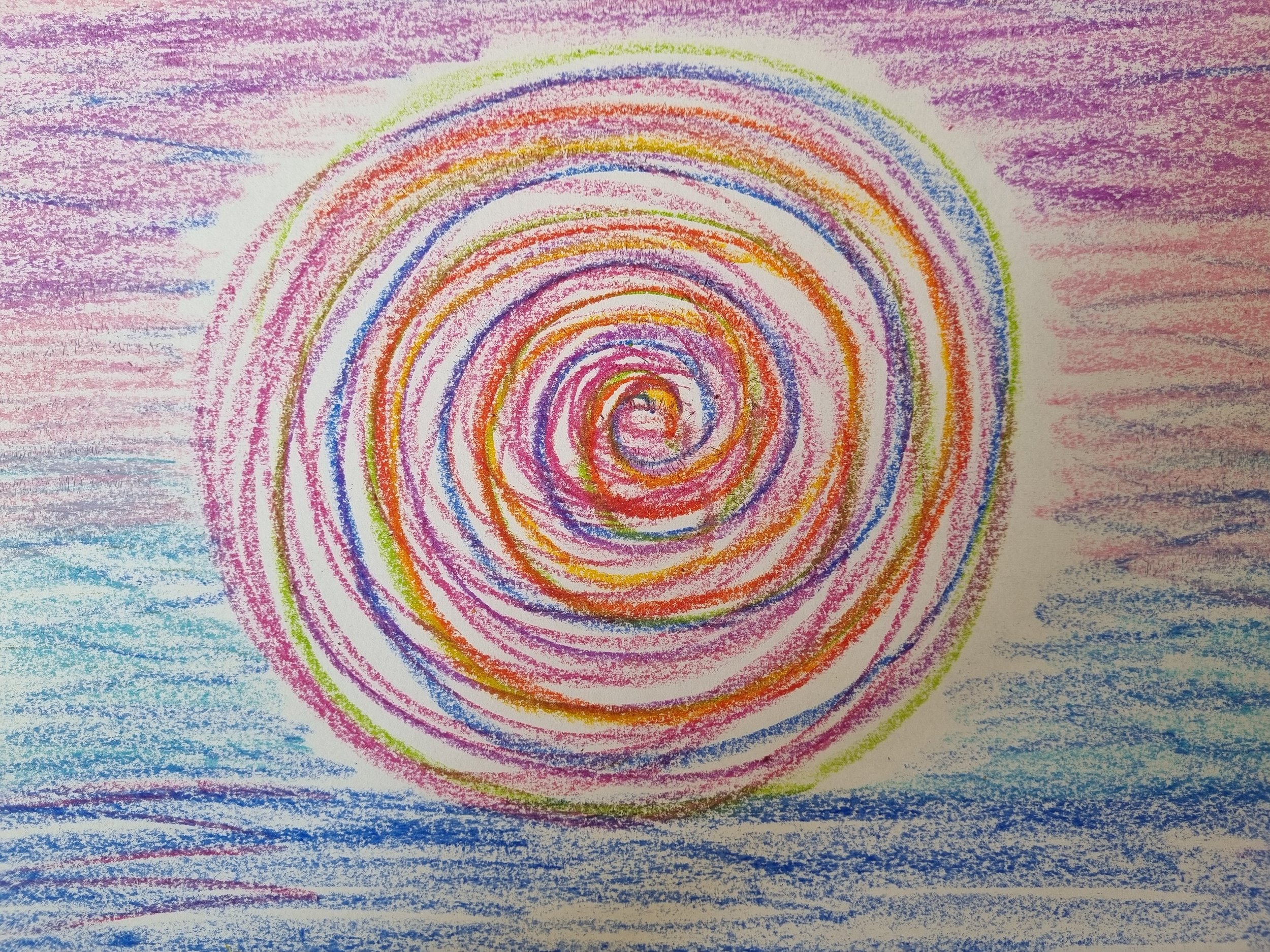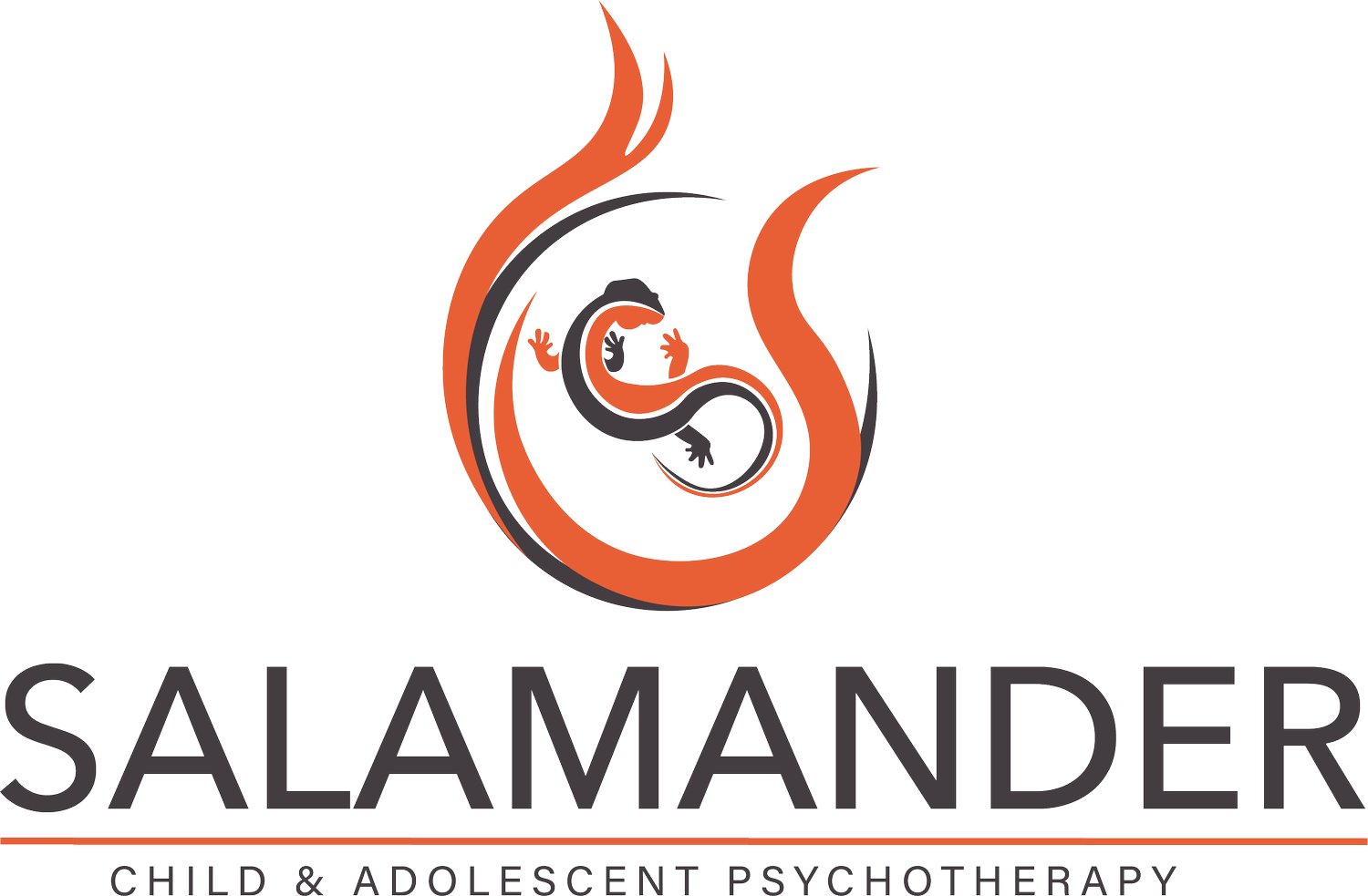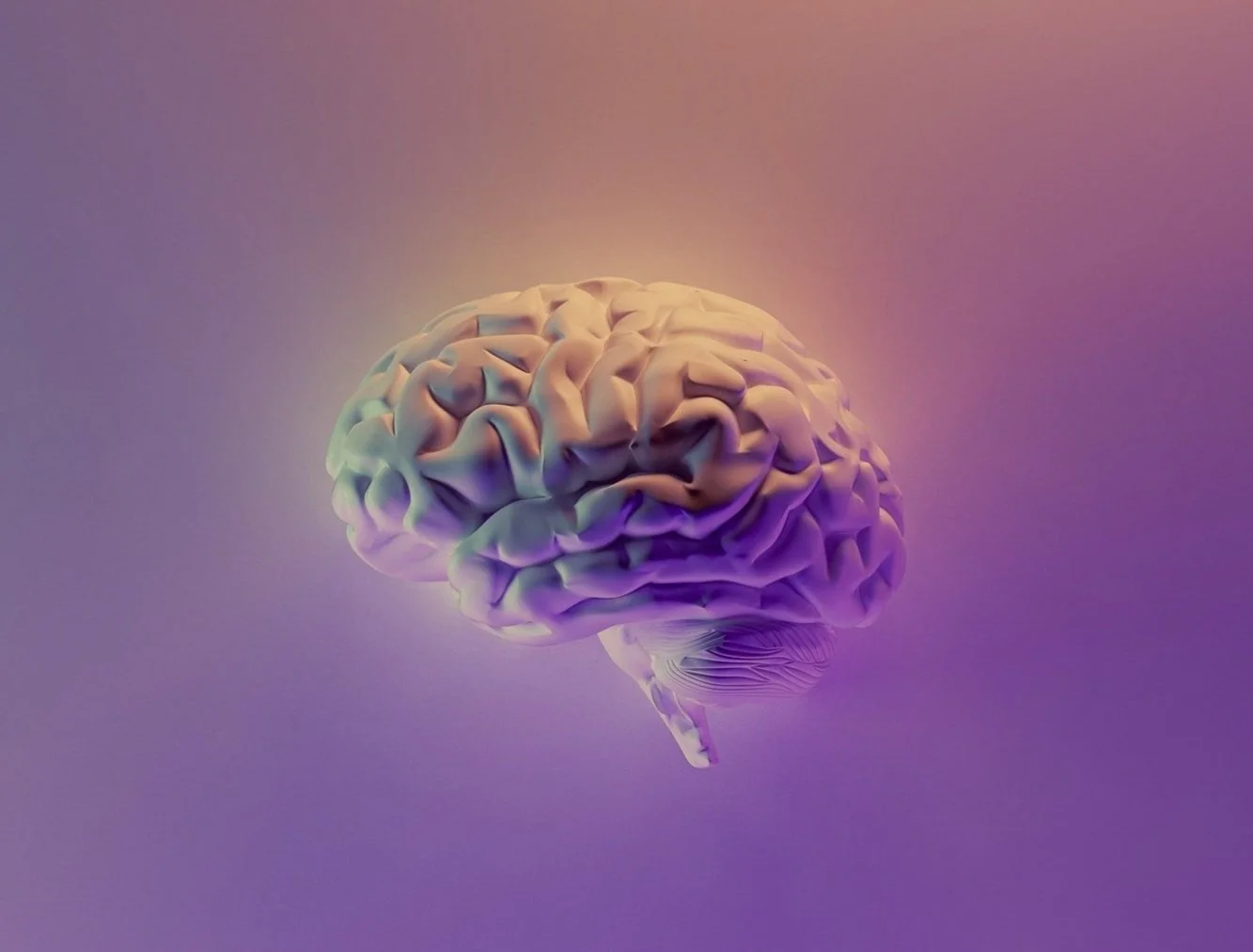Integrative Arts Psychotherapy
I am a qualified and accredited Integrative Arts Psychotherapist. This integrative perspective means that in my practice, I draw upon a range of theories and approaches. A holistic approach enables me to fully consider a young person’s history and the wider system around them. This aids my understanding in what may be causing the difficulties bringing them to therapy.
Such theories include, but are not limited to; attachment theory, object relations theories, neuroscience, child development and trauma research. Presenting issues I commonly work with include;
Anger and Aggression
Grief and Bereavement
Self-Esteem, Self-Image and Identity
Managing Anxiety
Bullying
Depression, low mood and self-harming behaviours
Attachment and relationship difficulties
Adverse Childhood Experiences (ACEs)

The most important and valuable therapeutic tool is the relationship. This is where the healing happens…

Creative Arts Psychotherapy
The healing nature of art.
In my training as a Transpersonal Psychotherapist (CCPE, London) we considered the elemental qualities of the personality. This perspective remains firmly with me in my practice. I believe that creativity, a positive water quality, acts to balance the ‘distorted fire’ that causes many of my clients problems in their day-to-day functioning.
Neuroscience further supports the credibility of artistic expression to explore emotion, particularly emotion resulting from early relational trauma.
One of the many results of trauma is the poor connection between the left and right hemispheres, resulting in emotional memory being less accessible to verbal consciousness (Schore, 2003).
“The right brain speaks a language of images, sensations and impressions…therapeutic discourse must be conducted in a language that the right brain speaks” (Fosha, 2003, p229). Through the vehicle of play and creativity children symbolically communicate their inner conflicts and traumas.

All of my formal therapy training has revolved around the use of different art mediums as a tool to therapy.
I am a trained sandplay therapist (CCPE), and find that the symbolism of play can bring enlightenment that is not possible through the use of language alone.
Creative Interventions
Creative interventions include;
Paint
Drawing
Sandplay
Puppets
Music and poetry
Mindfulness and visualisations

Cognitive Approach
Combined with my creative approach, I also utilise more cognitive approaches when needed.
When working with adolescents I find that psychoeducational board games and question cards bring a safe and containing vehicle to explore sensitive issues. Such issues maybe in relation to identity, sexuality, relationships and the impact of past experiences on feelings in the here and now.
I encourage young people to consider the relationship between thoughts, feelings and behaviours.
By addressing a thinking error, this can impact positively on resulting feelings and behaviours.

“What has been broken relationally must be repaired relationally”
— Kalsched, 2013.








